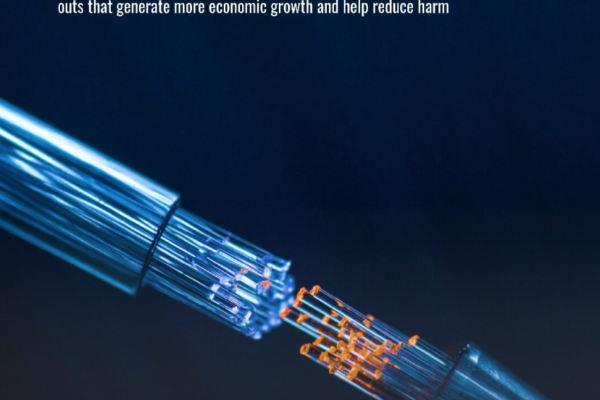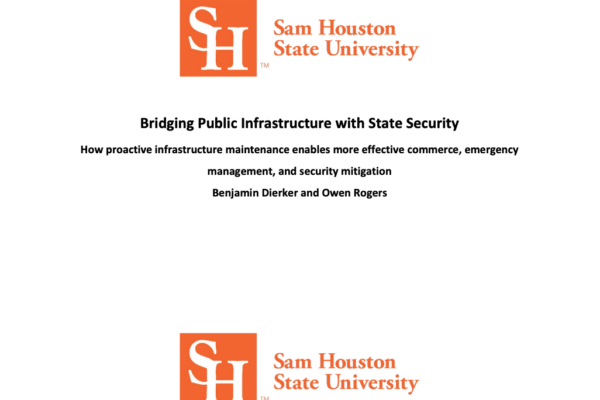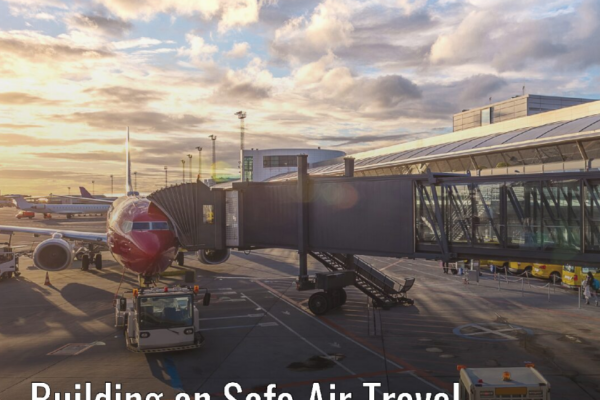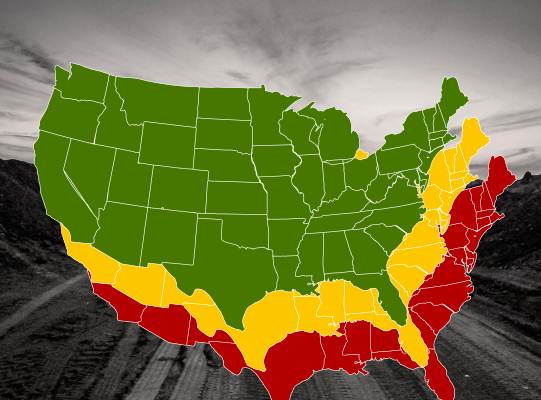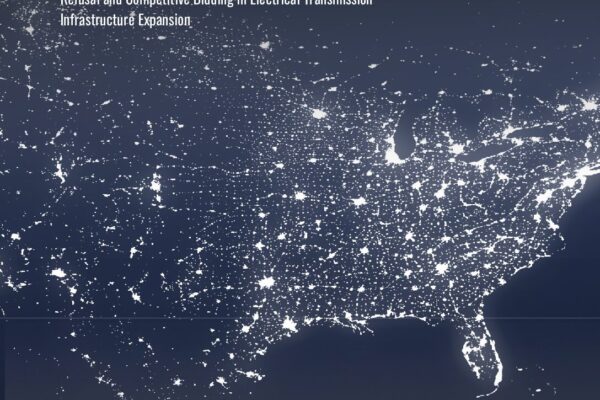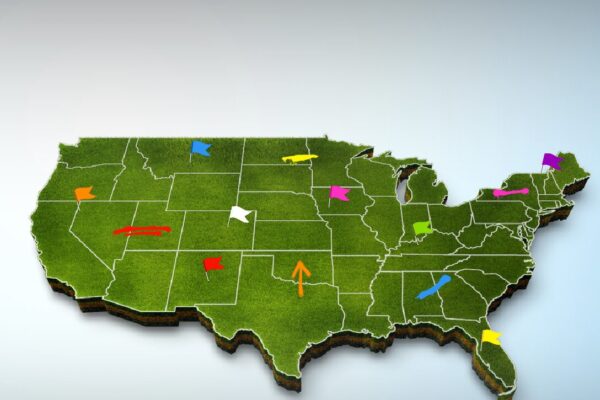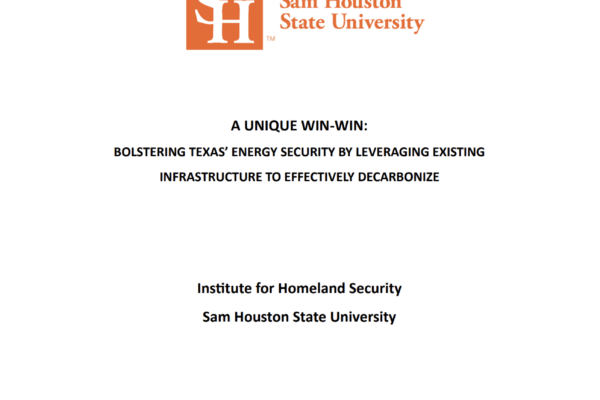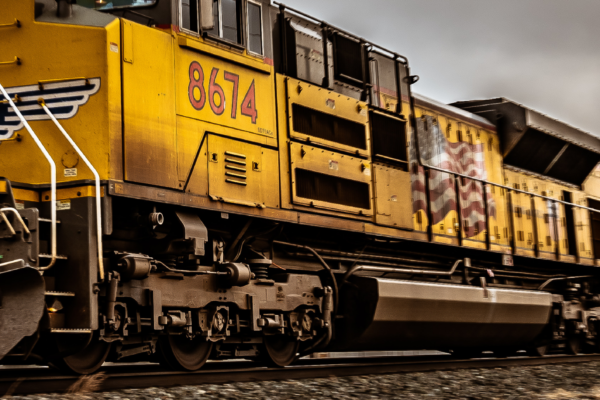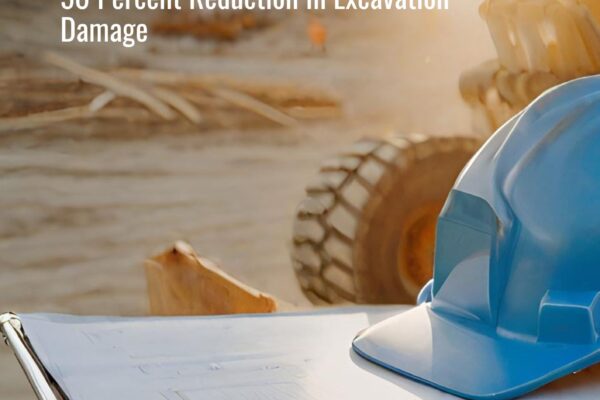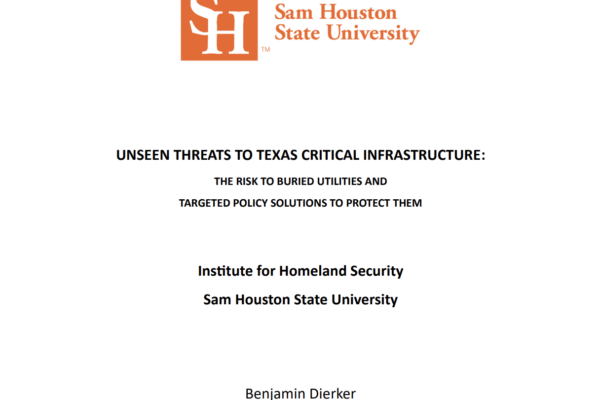Looming energy security risks: Emerging demand-led vulnerabilities to energy infrastructure
Bridging public infrastructure with state security: How proactive infrastructure maintenance enables more effective commerce, emergency management, and security mitigation
Building on Safe Air Travel: The importance of infrastructure and equipment readiness and recognizing the relationship between consumer confidence and economic health
Driving Regulatory Innovation for Safer Railroading: How Modernizing the Waiver Process at the Federal Railroad Administration Can Revolutionize Railroad Safety, Efficiency, and Resilience and Future-Proof the Regulatory Culture Across the Entire Federal Government
The Hydrogen Highway: How distributed hydrogen production can maximize existing infrastructure, avoid costs and complications, and jumpstart national hydrogen demand
2024 Damage Prevention Report Card
America’s Backbone: The Importance of Steel and its Evolving Demand
Building New Critical Infrastructure: No Time to Waste. Evaluating Cost Transparency Between a Federal Right of First Refusal and Competitive Bidding in Electrical Transmission Infrastructure Expansion
Excavation Damage Reporting: The Basics of Data Collection and How States Require Strikes and Near Misses to Be Reported
A Unique Win-Win: Bolstering Texas’ Energy Security by Leveraging Existing Infrastructure to Effectively Decarbonize
The Challenge Regulating Technology Into Existence: Expected Issues with the California Air Resources Board (CARB) Proposed In-Use Locomotive Emission Rule and Environmental Protection Agency (EPA) Response
Improving Upon Our Dig Laws: Framing Out a Plan For Achieving a 50 Percent Reduction in Excavation Damage
The CGA’s 2022 DIRT Report highlights a record rise in excavation damages and calls for a 50% reduction over five years, yet lacks a specific […]
Read MoreUnseen Threats to Texas Critical Infrastructure: The Risk to Buried Utilities and Targeted Policy Solutions to Protect Them
Texas, with its concentrated energy infrastructure and constant development, leads in preventable excavation damages causing economic harm. Solutions include technology, best practices, and public policy […]
Read More